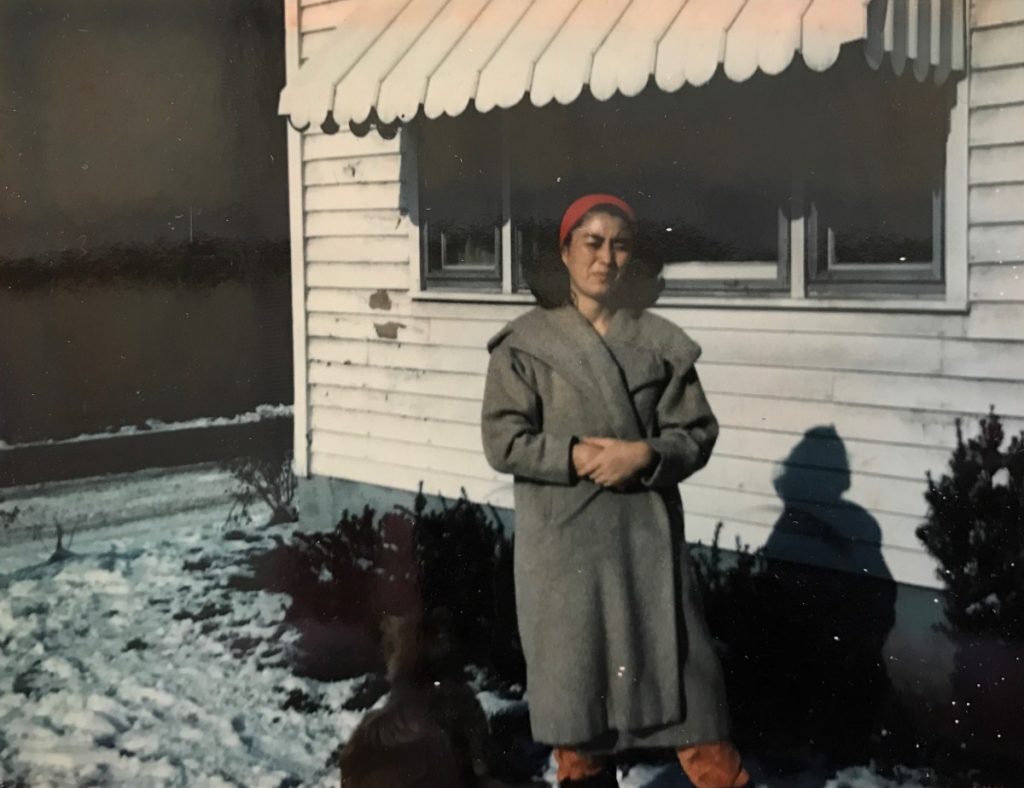More Monon 16 Memories
In partnership with local theatre troops and community leaders, the Harrison Center is proud to introduce Pre-Enactment Theater, a performance arts program to encourage neighborhood development and pride in the Monon 16 area. This is one in a series of posts dedicated to preserving the memories of these neighborhoods while looking forward to a bright future, and is made possible by interviews from generous community members.
Omar's Bakery. The wading pool. Polk Milk Company. Stop 13 tavern. Three gas stations. A funeral home. Jerry's Red Front. Theaters. Joe's Fish Market. Sweitzer Auto Parts. Circle Center Complex. Standard Oil. Banks. Burger Chef. Various department stores. A butcher.
Talking to Ron Lovett, lifetime member of this neighborhood, was like reading the manifest of a crashed plane. Countless privately owned businesses formerly lined the streets around Martindale-Brightwood, products of a vibrant, inclusive community which has been all but erased. When Indianapolis city planners introduced the idea of interstate expansion in the '60s, they chose increased convenience for downtown over the security of inner city neighborhoods. The soccer fields now used by the neighborhood as well as various schools were nearly demolished to create a exit ramp for I-69. The introduction of the interstate decimated urban communities and displaced hundred of people, Ron Lovett's aunt and sister among them.
With their backyard now a mound of concrete, they were forced to leave behind their home, their businesses, their friends, and their sense of belonging for minimal financial compensation. The constitutional provision of "eminent domain" allows for private property to be seized by the government in exchange for just financial return, but as exact litigation is up to the discretion of local authorities, this often results in less than comparable compensation. Additionally, location of eminent domain projects often prioritize well-off neighborhoods and harm already vulnerable communities, making it a social justice concern.
According to Lovett, this neighborhood was once diverse, locally serviced, brimming with community, and thriving with neighborhood pride. He served as a firefighter for over a decade, and spent his childhood running from bakery to milk store collecting free samples with his friends. He attended IPS #26, learning from inspirational teachers such as Miss Jacqueline Davis, and played basketball against nearby schools in friendly but competitive games. The community bonds meant everyone knew everybody, leading to a strong sense of security. The Lovett family spent countless nights on their porch, singing along with their family friends, the renowned Wes and Buddy Montgomery. Many other friends were involved in the the major Indy music scene that was found on Indiana Avenue and in local churches.
Looking ahead, Ron Lovett hopes to see his neighborhood restored to what it was before the interstate. He's glad to see the former school #26, "building used again for something that's going to improve the neighborhood," and is encouraged by its new occupant, the Oaks Academy's, engagement in the community. Ron has, "talked to some businesses and they're all on board with [Pre-Enactment]," and his childhood friends will be excited attendees of the opening performance. Through Pre-Enactment, the Harrison Center for the Arts hopes to revitalize the "cultural neighborhood" that Monon 16 once was, pay tribute to the area's historic past and give hope for the future.




